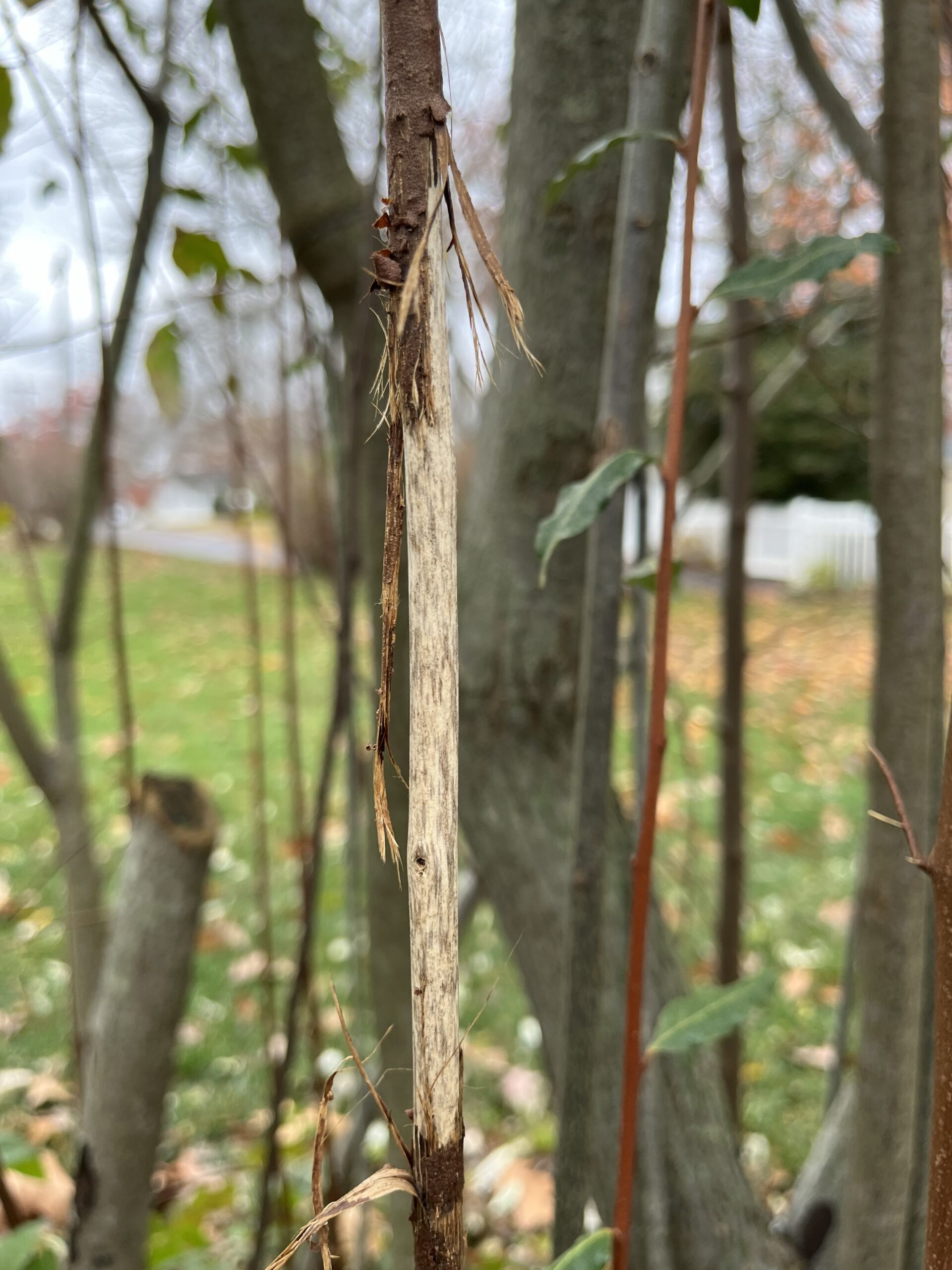Understanding Buck Rub: What Homeowners Should Know to Prevent Serious Landscape Damage During Mating Season
As the days grow shorter and the weather cools, homeowners in suburban and rural areas may notice a new, perhaps concerning sight in their yards: trees with sections of bark scraped bare, or branches vigorously torn off, often leaving behind noticeable scars. These “buck rubs” are a common occurrence during the deer mating season, also known as the rut, and can be a source of confusion and aggravation for those unfamiliar with this common deer behavior.
What is Buck Rub? A buck rub is a mark left on trees when male deer, also known as bucks, aggressively scrape their antlers against a tree or shrub’s bark and/or branches. During the mating season, which typically occurs in late summer through early winter, bucks go through a series of hormone fueled behaviors to assert their dominance and attract female deer (does). One of these behaviors is rubbing their antlers against trees, which serves several purposes:
-
- Marking Territory: Bucks leave rubs to mark their territory and signal their presence to other males. The scent glands located near their eyes and forehead release a scent onto the trees during the rubbing process, which communicates to other deer that this area is claimed.
- Removing Velvet: During the rut, bucks shed the velvet covering their antlers. Previously the live and growing part of the antler, the velvet is now dead tissue which slowly flakes off. The rubbing helps to accelerate this process, revealing their fully mature, hard antlers (Imagine scratching an itch like that).
- Displaying Strength: Rubbing serves as a sign of strength and a display of the buck’s health and size. The more prominent the rub, the more it can intimidate other bucks and attract does.
How to Identify a Buck Rub A rub can be identified as damaged branches or a wound in the bark of a tree, usually exposing the bright, inner layers of the tree or shrub. Sometimes, you’ll also notice multiple rubs on different trees in the same area, indicating the buck is marking a larger territory.


How to Prevent Damage to Your Property While buck rub is a natural part of a deer’s behavior, they can cause significant damage or disfigurement to trees, even killing them in some cases. Here are some steps you can take to protect your landscaping:
- Use Tree Protectors: You can wrap young trees in tree guards or wire mesh. These protectors prevent bucks from rubbing their antlers directly on the bark. This can be an inexpensive option, with aesthetics being the only common drawback.
- Repellents: Whether it’s liquid or granular, deer repellents can be used to the landscaping to make it less appealing to deer. These repellents work by emitting strong smells or tastes that deer find unpleasant, and as a major reason for buck rub is leaving pheromones behind, this can greatly discourage them.
- Planting Deer-Resistant Species: Some tree species are less likely to be targeted by deer due to their bark or scent. Researching and planting these trees can help minimize the chances of rub damage. However, “Deer Resistant,” does not mean, “Deer Proof,” and as the deer population struggles to find a place among densely populated areas, they’ll often take what they can find.
Conclusion While buck rub is a common and natural part of the fall mating season, they can cause damage to your trees and landscaping. Understanding why deer engage in this behavior and what buck rub looks like can help you take steps to protect your property. By using tree wrapping, putting up a fence, or choosing a repellent you trust, you can minimize the impact of this seasonal phenomenon and ensure your landscape stays healthy going into spring of 2025.
